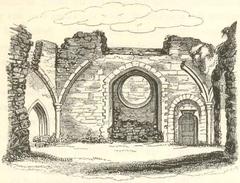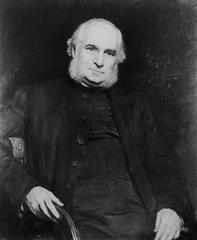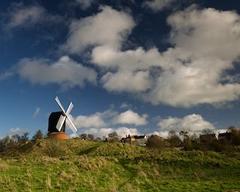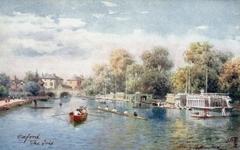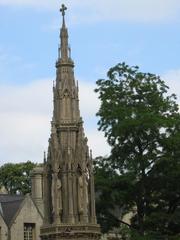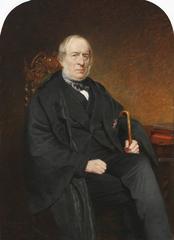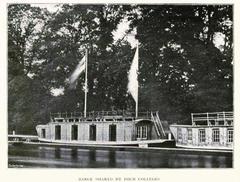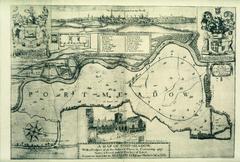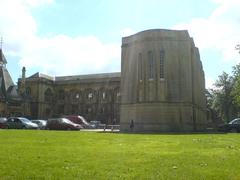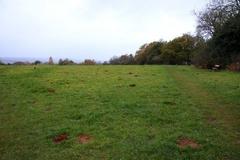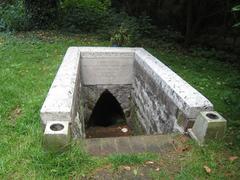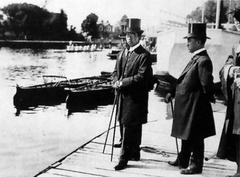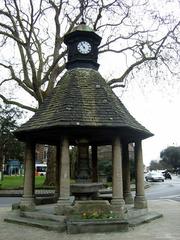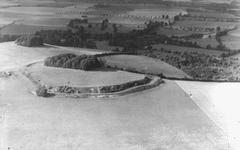Visiting Hours and Tickets for Weirs Orchard, Oxford
Date: 01/08/2024
Introduction
Weirs Orchard, nestled in the heart of Oxford, United Kingdom, is a captivating blend of historical significance and natural beauty. This hidden gem offers visitors a unique opportunity to explore a site that has played a vital role in the local community for decades. With its origins dating back to the early 20th century, the orchard is a testament to the architectural and horticultural trends of its time, shaped predominantly by Roger Parr in the 1920s. Visitors can immerse themselves in the serene environment, engage in various recreational activities, and explore the rich history that Weirs Orchard has to offer. This guide will provide you with all the essential information, including historical background, visitor tips, and travel advice, to ensure a memorable visit to this picturesque location. Whether you’re a history enthusiast, nature lover, or simply seeking a peaceful retreat, Weirs Orchard promises a unique and enriching experience. (Visit Herefordshire, Wikipedia, Canalplan, UK Travel Planning, Oxford Flood Alliance)
Table of Contents
- Introduction
- Historical Background
- Development of Weirs Orchard
- Significance in the Local Community
- Visitor Information
- Travel Tips
- Cultural and Environmental Impact
- Architectural Features
- Historical Events and Figures
- Modern-Day Relevance
- Visitor Experience
- FAQ
- Conclusion
- Stay Up to Date
Visiting Weirs Orchard in Oxford: History, Tickets, and Travel Tips
Historical Background
Weirs Orchard holds a significant place in Oxford’s history. The area around Oxford has been of historical importance since the 8th century when the settlement began to grow in prominence. The name Oxford itself is derived from the Anglo-Saxon “Oxenaford,” meaning “ford for oxen” (Wikipedia). The University of Oxford, founded in 1096, further cemented the city’s status as a center of learning and culture.
Development of Weirs Orchard
The development of Weirs Orchard can be traced back to the early 20th century. The garden that visitors see today was predominantly shaped in the 1920s by Roger Parr, who was responsible for many of its features, including the retaining wall, rustic hut, and boathouse (Visit Herefordshire). These elements reflect the architectural and horticultural trends of the period, emphasizing a blend of natural beauty and functional design.
Significance in the Local Community
Weirs Orchard has played a vital role in the local community, serving as a private mooring and a recreational area. Its location along the River Thames has made it a popular spot for boating and other water-related activities. The nearest water point, rubbish disposal, chemical toilet disposal, and self-operated pump-out facilities are all conveniently located in the direction of Isis Lock Weir Exit No 2 (Canalplan).
Visitor Information
- Visiting Hours: Weirs Orchard is open to visitors from 9 AM to 6 PM daily.
- Ticket Prices: Entry is free, but donations are welcome to help with the maintenance of the orchard.
- Accessibility: The orchard is accessible to visitors with disabilities, with paved paths and ramps available.
- Special Events: Guided tours are available upon request, and seasonal events such as apple picking and bird-watching are organized throughout the year.
Travel Tips
- Getting There: Weirs Orchard is easily accessible by public transport, with buses running from Oxford city center to the orchard. For those driving, parking is available nearby.
- Nearby Attractions: While visiting Weirs Orchard, take the opportunity to explore other historical sites in Oxford, such as the University of Oxford’s colleges, museums, and medieval buildings (UK Travel Planning).
- Photography Spots: The rustic hut and boathouse provide excellent backdrops for photography, capturing the essence of the early 20th-century design.
Cultural and Environmental Impact
The cultural impact of Weirs Orchard extends beyond its immediate vicinity. The orchard is part of the larger Oxfordshire region, which has a rich history of agriculture and industry. Historically, the area was part of the Cotswolds wool trade, generating significant wealth in the 13th century (Wikipedia). The introduction of Morris Motors in Oxford in 1912 brought heavy industry to the region, further diversifying its economic base.
Environmentally, Weirs Orchard contributes to the preservation of local flora and fauna. Its proximity to the River Thames and its tributaries, such as the Windrush, Evenlode, and Cherwell rivers, supports a diverse ecosystem. The river itself has been a source of life and locomotion for generations, with people walking beside it, fishing, swimming, and rowing (Morris Oxford).
Architectural Features
The architectural features of Weirs Orchard are a testament to the design principles of the early 20th century. The retaining wall, rustic hut, and boathouse are rare survivals from this era, showcasing the craftsmanship and aesthetic sensibilities of the time (Visit Herefordshire). These structures not only enhance the visual appeal of the orchard but also serve practical purposes, such as providing shelter and storage for boating equipment.
Historical Events and Figures
Weirs Orchard and the surrounding Oxfordshire region have been witness to numerous historical events and figures. Alfred the Great, born across the Thames in Wantage, played a crucial role in the area’s early history (Wikipedia). The Battle of Stow-on-the-Wold in 1646 marked the final battle of the First English Civil War, with Oxford itself being closely invested and eventually capitulating (Wikipedia).
Modern-Day Relevance
Today, Weirs Orchard continues to be a cherished part of Oxford’s landscape. It serves as a tranquil retreat for residents and visitors alike, offering a glimpse into the region’s rich history and natural beauty. The orchard’s facilities, including the nearest boatyard pump-out and place to turn, are all conveniently located in the direction of Isis Lock Weir Exit No 2 (Canalplan).
Visitor Experience
Visitors to Weirs Orchard can enjoy a variety of activities, from leisurely walks along the riverbank to exploring the historical features of the garden. The orchard’s location makes it an ideal starting point for exploring other attractions in Oxford, such as the University of Oxford’s colleges, museums, and medieval buildings (UK Travel Planning). For those interested in literary history, Oxford’s connections with famous authors who have studied or taught at its colleges add an extra layer of intrigue to the visit (UK Travel Planning).
FAQ
- What are the visiting hours for Weirs Orchard? The orchard is open from 9 AM to 6 PM daily.
- Is there an entry fee? Entry is free, but donations are welcome.
- Are guided tours available? Yes, guided tours can be arranged upon request.
- Is Weirs Orchard accessible to visitors with disabilities? Yes, the orchard has paved paths and ramps.
Conclusion
Weirs Orchard, with its rich history, architectural significance, and cultural impact, is an integral part of Oxford’s heritage. Its development in the 1920s by Roger Parr and its continued relevance today make it a must-visit destination for anyone interested in exploring the historical and natural beauty of Oxfordshire. Whether you’re a history enthusiast, a nature lover, or simply looking for a peaceful retreat, Weirs Orchard offers a unique and memorable experience. (Visit Herefordshire, Wikipedia, Canalplan, UK Travel Planning, Oxford Flood Alliance)
References
- Title, 2023, Visit Herefordshire Visit Herefordshire
- History of Oxfordshire, 2023, Wikipedia Wikipedia
- Weirs Mill Stream Obstructed, 2018, Oxford Flood Alliance Oxford Flood Alliance
- Oxford Travel Guide, 2023, UK Travel Planning UK Travel Planning
- Place, 2023, Canalplan Canalplan



